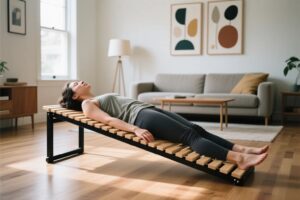
Is scoliosis a disability? This is a question many people ask after being diagnosed or watching a loved one struggle with back pain, discomfort, or posture issues. The short answer is: it depends. Scoliosis affects everyone differently. For some, it causes mild discomfort. For others, it can limit daily movement or even lead to long-term physical challenges.
This article covers what scoliosis is, when it qualifies as a disability, how it’s diagnosed and managed, and most importantly what you can do to take control of your condition without surgery or heavy medication.
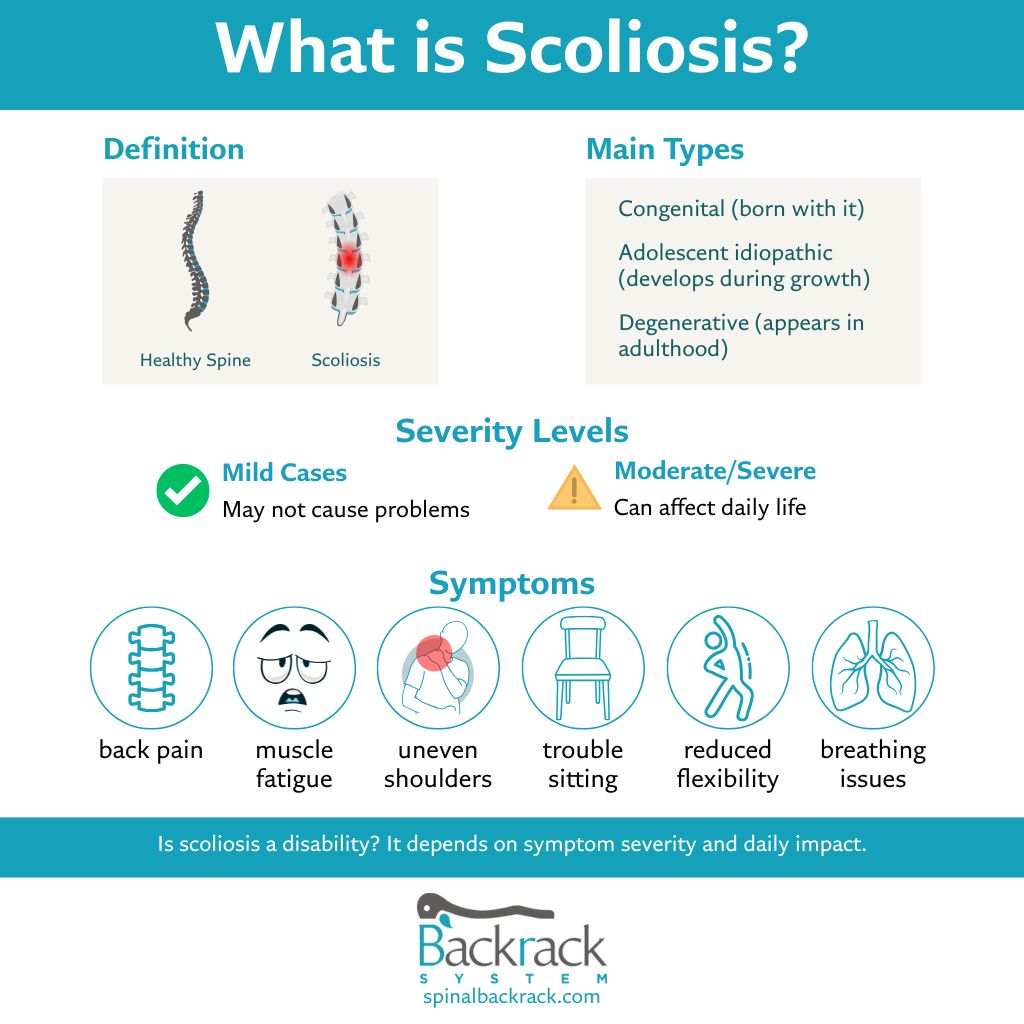
Scoliosis is a sideways curve of the spine. Instead of growing straight, the spine forms an “S” or “C” shape. You can be born with it (congenital), develop it during growth (adolescent idiopathic), or get it as an adult (degenerative scoliosis).
The curve can range from very mild to severe. Mild curves might not cause problems at all. But moderate to severe scoliosis can cause:
So, is scoliosis a disability? That depends on how severe these symptoms are and how much they interfere with your daily life.
Scoliosis can be considered a disability if it limits your ability to perform major life activities like walking, sitting, lifting, or working. In the U.S., scoliosis can qualify as a disability under:
Is scoliosis a disability? Not everyone with scoliosis qualifies. It usually needs to be medically documented and cause significant problems.
Here’s what can support your case:
Therefore, Is scoliosis a disability? If you can still work, move freely, and manage pain, it may not legally count as a disability but that doesn’t mean it’s not affecting your quality of life.
Thus, Is scoliosis a disability? Let’s clear up a few myths.
Not true. Most scoliosis cases don’t require surgery. Non-invasive care like stretching, spinal decompression, physical therapy, or back support systems can help manage pain and slow progression.
Also false. Adults can develop scoliosis from wear and tear over time especially after 40. Sitting for long hours, muscle imbalance, and spine degeneration can all contribute.
Is Scoliosis a disability? Again, no. Many people live full, active lives with scoliosis. The disability label depends on how much your spine condition affects your daily function, not just the diagnosis itself.
Whether your scoliosis is mild or more advanced, there are ways to ease pain, improve posture, and prevent future issues without medication or surgery.
Here are some proven options:
Tools like the Spinal Backrack offer non-invasive support by gently decompressing your spine at home. Designed by orthopaedic specialists, it targets the source of pain instead of just covering up symptoms.
Spinal decompression can:
It’s also more affordable than weekly therapy sessions or medical procedures and you can use it on your own schedule.
Targeted movement can help realign your muscles, support your spine, and strengthen your core.
Focus on:
Ask a physical therapist or spine specialist to design a custom plan. Or explore guided routines online built for scoliosis relief.
Your daily habits can make or break your back health.
If your scoliosis is severe, you might qualify for government benefits. Here’s what you need to know:
The SSA considers scoliosis a disability if:
Approval isn’t easy, but if you meet their criteria, it’s worth applying. You may also want to speak with a disability attorney to increase your chances.
Some private insurers include disability benefits for chronic back issues. If you’re employed, the ADA also protects your right to reasonable accommodations at work like more breaks, a better chair, or working from home.
Not everyone can afford weekly physical therapy. That’s where investing once in a specialist-designed at-home solution, like the Spinal Backrack, can save money long-term. Instead of paying per session, you get a tool that lasts for years.
Even if your scoliosis isn’t officially labeled as a disability, that doesn’t mean you have to live in pain. A diagnosis doesn’t define your ability, it’s just information.
And information is power. When you understand your spine and take daily steps to support it, you can feel better, move better, and protect your long-term health.
Is scoliosis a disability? For some people, yes especially when it causes major physical limitations. But even if it’s not officially recognized as one, it still deserves attention and care.
Whether you’re living with mild scoliosis or facing more advanced symptoms, there are options that don’t involve surgery, drugs, or high medical bills. From spinal decompression to daily movement and posture correction, you can manage your spine instead of letting it manage you.
SpinalBackRack.com is here to support people like you with knowledge, tools, and solutions that work at home, not just in a clinic.
Take control of your spine. It’s possible and it starts with understanding what scoliosis means for you.
Common symptoms include:
Not always. Mild scoliosis may cause little to no pain. However, moderate to severe curves can lead to back pain, muscle strain, and in some cases nerve irritation. Pain often depends on the curve’s size, location, and how it affects posture and movement.
It can. In children and teens, scoliosis may progress as they grow. In adults, age-related wear and tear (degenerative scoliosis) can worsen spinal curves over time. Regular check-ups, exercise, and lifestyle adjustments can help slow progression.
While everyone’s condition is different, people with scoliosis are often advised to avoid:

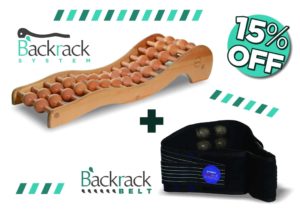

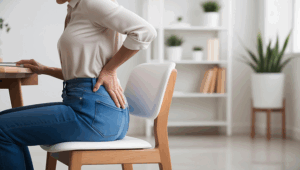

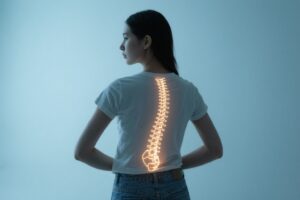


Sign up our newsletter to get article update about backrack therapy.